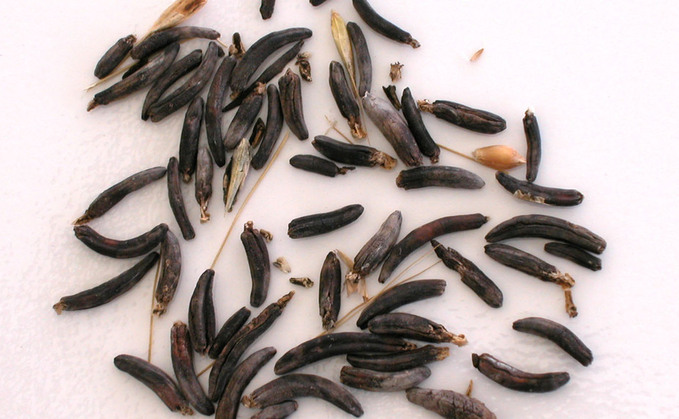
A change in regulation for the wheat contaminant ergot will affect how millers treat incidences of the disease going forward. But with careful crop management, there are a number of steps which can be...

A change in regulation for the wheat contaminant ergot will affect how millers treat incidences of the disease going forward. But with careful crop management, there are a number of steps which can be...